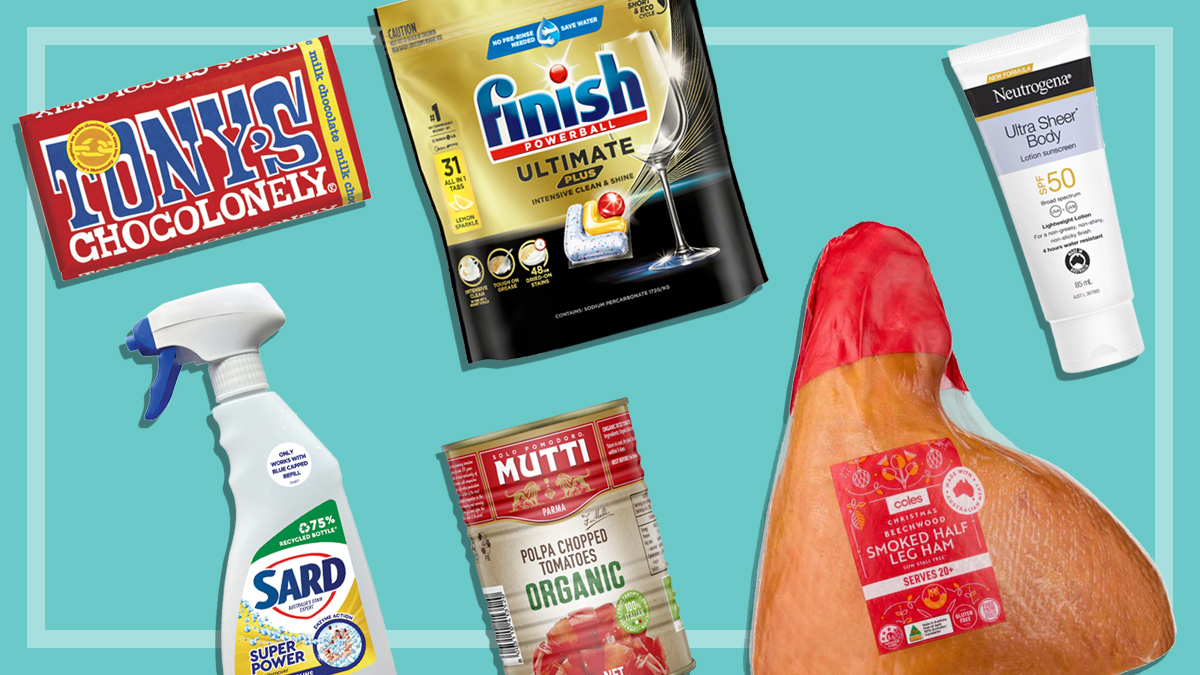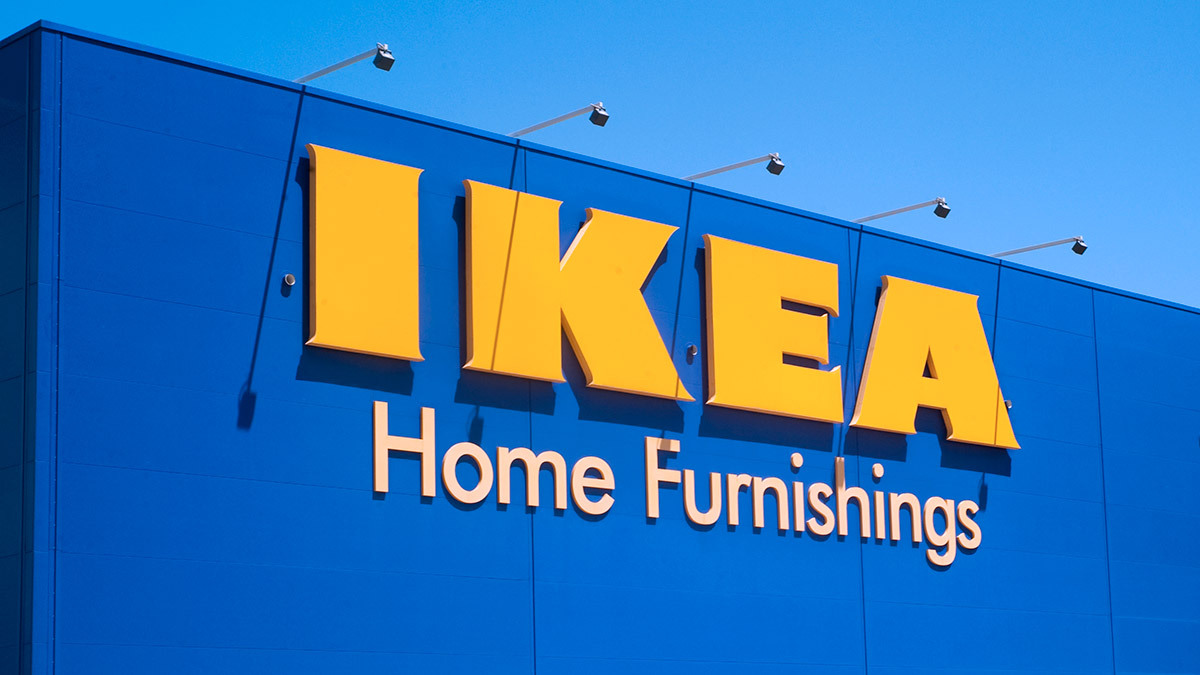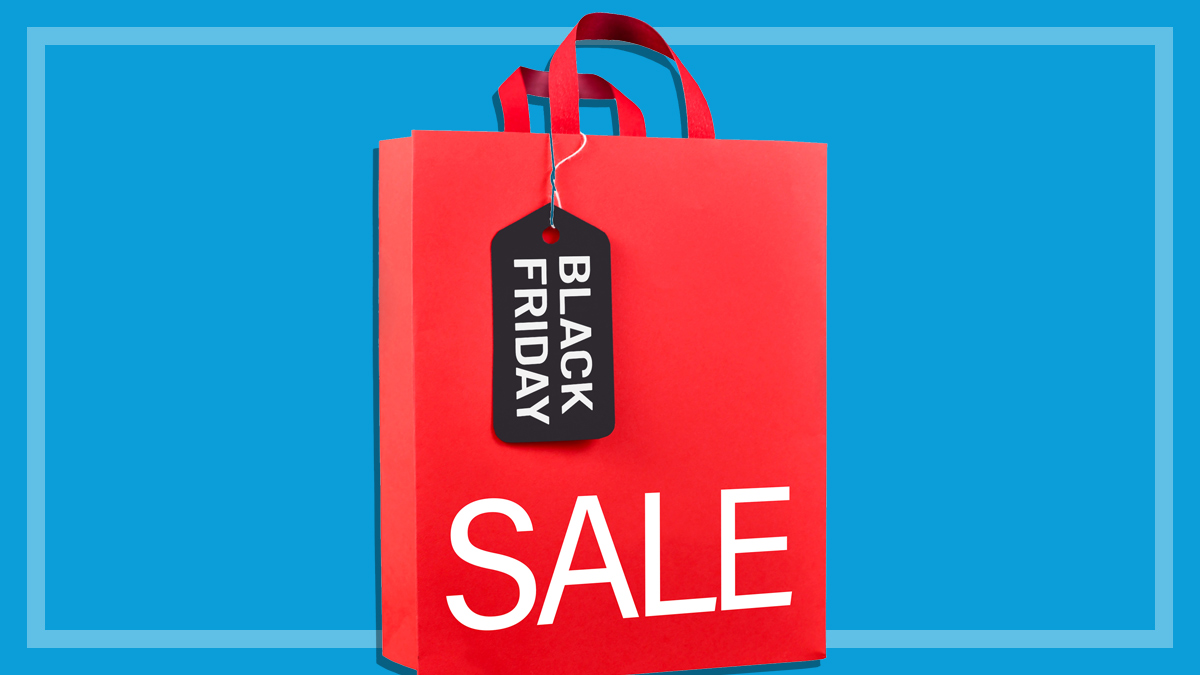Get our independent lab tests, expert reviews and honest advice.
From pet food to cereal, see which products are suffering ‘shrinkflation’ in 2022
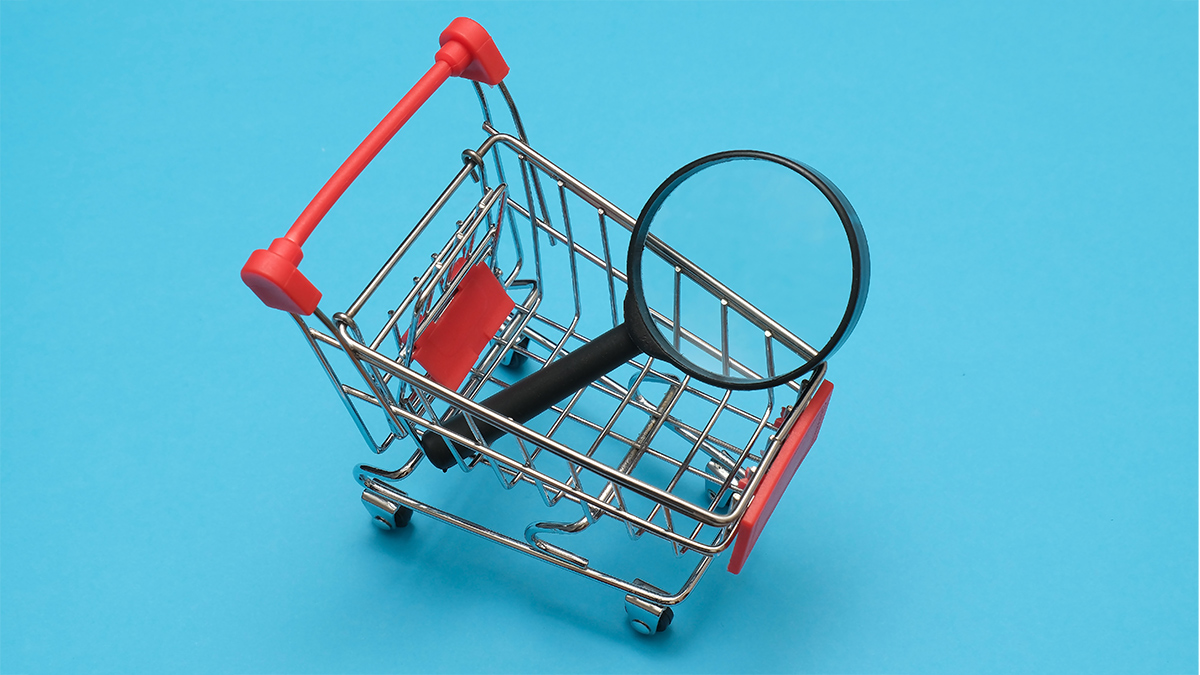
Need to know
- Shoppers are being advised to watch out for products getting smaller
- CHOICE has uncovered new examples of ‘shrinkflation’, where companies shrink their products but charge the same price or sometimes more
- Manufacturers claim they’re just trying to keep their goods affordable in the face of rising production costs
Shoppers are being warned by consumer advocates to beware of a new wave of ‘shrinkflation’ – where companies shrink the proportions of a pre-packaged product while still charging the same price for it, or sometimes more.
Companies have admitted to reducing the size of their goods (and, in some cases, raising prices) due to what they claim are increasing overhead costs.
Reports of shrinkflation on the rise
The Queensland Consumer Association (QCA) has sounded the alarm on the issue, saying it’s already received reports of consumers getting less value for money at the checkout.
“At one major supermarket, the selling price of a large pack of a popular brand of breakfast cereal increased by 12% but the contents shrank by five percent, so the price per 100 grams increased by 17%,” the association reported in a statement.
Manufacturers claim rising costs
The QCA says manufacturers use shrinkflation when they’re facing rising production costs, believing that most shoppers are less likely to notice a reduction in the quantity of a product than they are a price rise.
The issue has already been making headlines in the US, where Doritos has reduced the number of chips in its packets and Domino’s Pizza has cut the number of chicken wings available in a pack, on the grounds of rising food and labour prices.
This practice has been a recurring issue in Australia too, with eagle-eyed members of CHOICE’s Community forum sharing examples of shrinkage since 2016, calling out everything from Toblerone chocolate to breakfast cereal.
Shrinkflation in the pet food aisle
In the wake of the QCA’s warning and community tip-offs, we’ve uncovered several more recent examples of companies reducing package sizes.
These include pet food label Purina ONE, which told us it had been forced to shrink the sizes of several of its products to keep them affordable for shoppers.
This comes as the brand has been proudly spruiking its updated range of dry adult cat foods, which it says feature a “new improved recipe” to support a cat’s immune system.
These downsized versions are selling for $16.50 at major supermarkets, whereas the 1.5kg originals had a recommended retail price of $15.45
But shoppers looking to grab these for their feline friends may notice that most new versions of the product are no longer available in the 1.5kg packages the originals came in – instead, the newer products come in 1.4kg bags.
Worse, these downsized versions are selling for $16.50 at major supermarkets, whereas the 1.5kg originals had a recommended retail price of $15.45.
In response to questions from CHOICE, a spokesperson for Purina owner Nestlé says the company has been facing “significant increases” in the cost of raw materials, packaging and transport, which is what has led to the changes in prices and pack sizes.
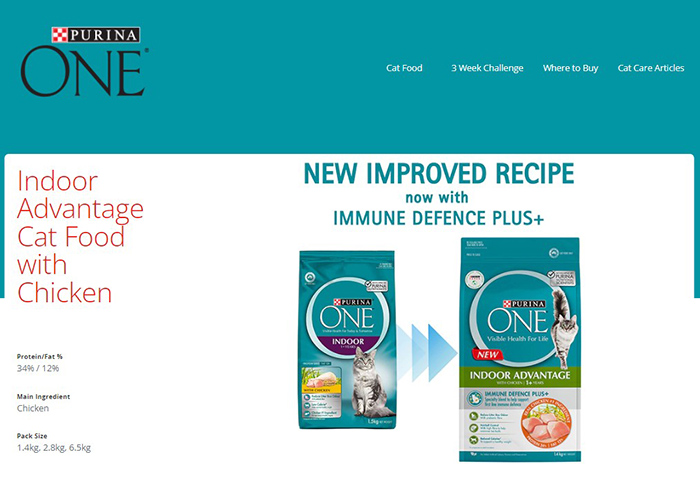
Cereal shrinkflation
But it’s not just pet products – human foods are vulnerable to the shrinkflation squeeze, too. In fact, we’ve unearthed several examples in the supermarket cereal aisle.
One is Crunchy Nut, which sold for $6 for 670g in 2019, but now sells for $9 for 640g in 2022. This means shoppers have gone from paying $0.90 per 100g of Crunchy Nut to $1.41 per 100g – a hike of 57%.
It’s not just pet products – human foods are vulnerable to the shrinkflation squeeze, too
Also sizing down are Froot Loops. The 500g box has disappeared from many of our supermarket shelves and been replaced by a 460g box, which sells for about $9 (although some regional Foodworks and IGAs still appear to be selling the original 500g box for $9.20 and $8.50, respectively).
Kellogg’s, the company behind Crunchy Nut and Froot Loops, didn’t respond to our request to confirm these changes or explain the reason for them.
Cadbury chocolate – does ‘More’ mean less?
Also provoking shoppers’ accusations of shrinkflation is the new “More” range of chocolate blocks from Cadbury Dairy Milk.
The 165g blocks come in Mixed Roast Nuts, Fruit & Nut and Nuts & Salted Toffee flavours, and have been retailing at major supermarkets for $5 – the same price as Cadbury’s standard 180g Dairy Milk blocks.
Cadbury claims a ‘chunkier’ experience
In response to questions from CHOICE, a spokesperson for Cadbury owner Mondelēz says the More blocks feature a new shape with a “chunkier” eating experience, and contain extra ingredients such as nuts, making them more expensive to produce.
How to avoid shrinkflation
The QCA says the easiest way to know if manufacturers are sizing down your favourite products is to check the weight and quantity displayed on the packaging.
These are always shown on the package itself and very often in the listings when you’re shopping online. By paying close attention to these numbers, you can quickly spot if your supermarket staples start shrinking.
The easiest way to know if manufacturers are sizing down your favourite products is to check the weight and quantity displayed on the packaging
The QCA, along with CHOICE, also recommends checking the unit price. This breaks down the cost of a product into standard units of measurement, showing, for example, how much an item costs per 100g.
If a product has undergone simultaneous changes in price and quantity, unit pricing will tell you whether you’re still getting the same value for money as you were before.


